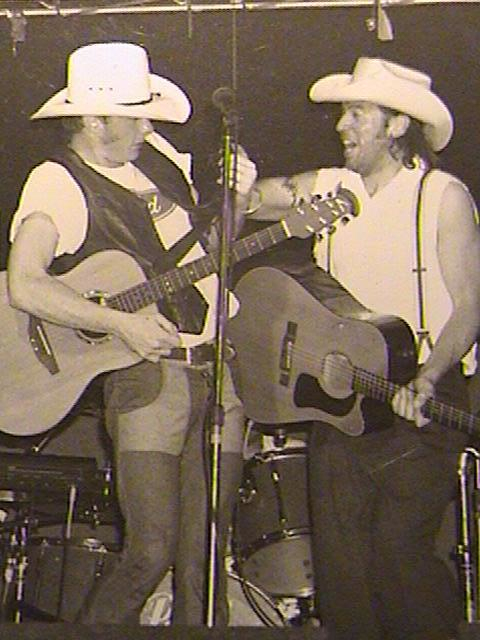Asheville’s a great place to live, unless you suffer from FOMO (fear of missing out). Even if you catch the drum circle, a gallery crawl, three bands and a late-night DJ, your Twitter feed will still be full of reports and photos from the indie-film screening, book launch, poetry reading and symphony concert that you missed.
The musician- and club-per-capital has certainly picked up since the ’90s. A June, 1995 issue of Xpress included events at 45 venues (Clubland currently lists 80 in its print directory), with shows by David Wilcox and Leon Russell, and regular performances by Stark Naked & the Car Thieves (we’re not joking). Of those 45 clubs, only a handful remain, including The Grey Eagle, located in Black Mountain at the time.
But even if you didn’t live in Asheville two decades ago, you probably recognize the hallowed names of performance art space the green door, dive bar Gatsby’s and listening room Be Here Now. The latter, a 550 capacity venue, hosted weekly sets by local almost-famous roots-rockers The Blue Rags along with nationally known folk heroes like Leo Kottke and Lucinda Williams. Rowdy alt-rockers Fishbone even took the stage before the club shuttered in ’98.
Vincent’s Ear, tucked into a Lexington Avenue courtyard, operated for 11 years. This year marks a decade since the closing of the coffee house and bar, though its legend looms large — it booked such noteworthy acts as Cat Power and White Stripes. Unlike The Ear, The Ebony Grill never garnered its own Wikipedia page, but the low-ceilinged hole-in-the-wall on Eagle Street did boast swoon-worthy soul food (long before 12 Bones drew Air Force One) and world-class jazz sessions.
Really, mentions of each of Asheville’s now-defunct venues turns up not just a fond memory, but a key to the city’s eclectic and vibrant music scene. By the mid-‘90s members of Granola Funk Express aka GFE were busking on street corners as well as in Beanstreets (now the home of Green Sage). That coffee house’s open mic also served as proving ground for poet Barbie Angell, among others. 31 Patton (now the home of Asheville Music Hall) hosted alt-rockers The Mathmatics whose front man Milton Carter, along with local musician Rob Best, launched The Decline of Western North Carolina series, Vol. 1-3, on Atone records. That collection alone proves that even if the local music scene wasn’t gaining national attention, there was hardly a dull moment.
Add to the mix the early iterations of the Warren Haynes Christmas Jam, a championship poetry slam team and a rich bluegrass and folk tradition boasting artists like Sons of Ralph and David LaMotte, respectively. Plus, there were ongoing series like Shindig on the Green (started in 1967), and the annual injection of festivals such as Bele Chere (1979-2013) and Goombay (since 1982), to round out the heady — if hard to typify — scene.




Before you comment
The comments section is here to provide a platform for civil dialogue on the issues we face together as a local community. Xpress is committed to offering this platform for all voices, but when the tone of the discussion gets nasty or strays off topic, we believe many people choose not to participate. Xpress editors are determined to moderate comments to ensure a constructive interchange is maintained. All comments judged not to be in keeping with the spirit of civil discourse will be removed and repeat violators will be banned. See here for our terms of service. Thank you for being part of this effort to promote respectful discussion.